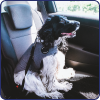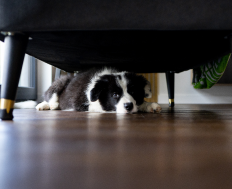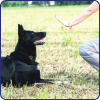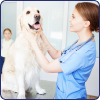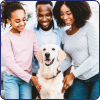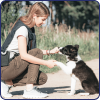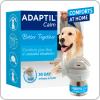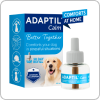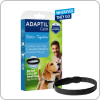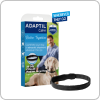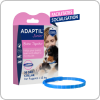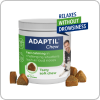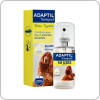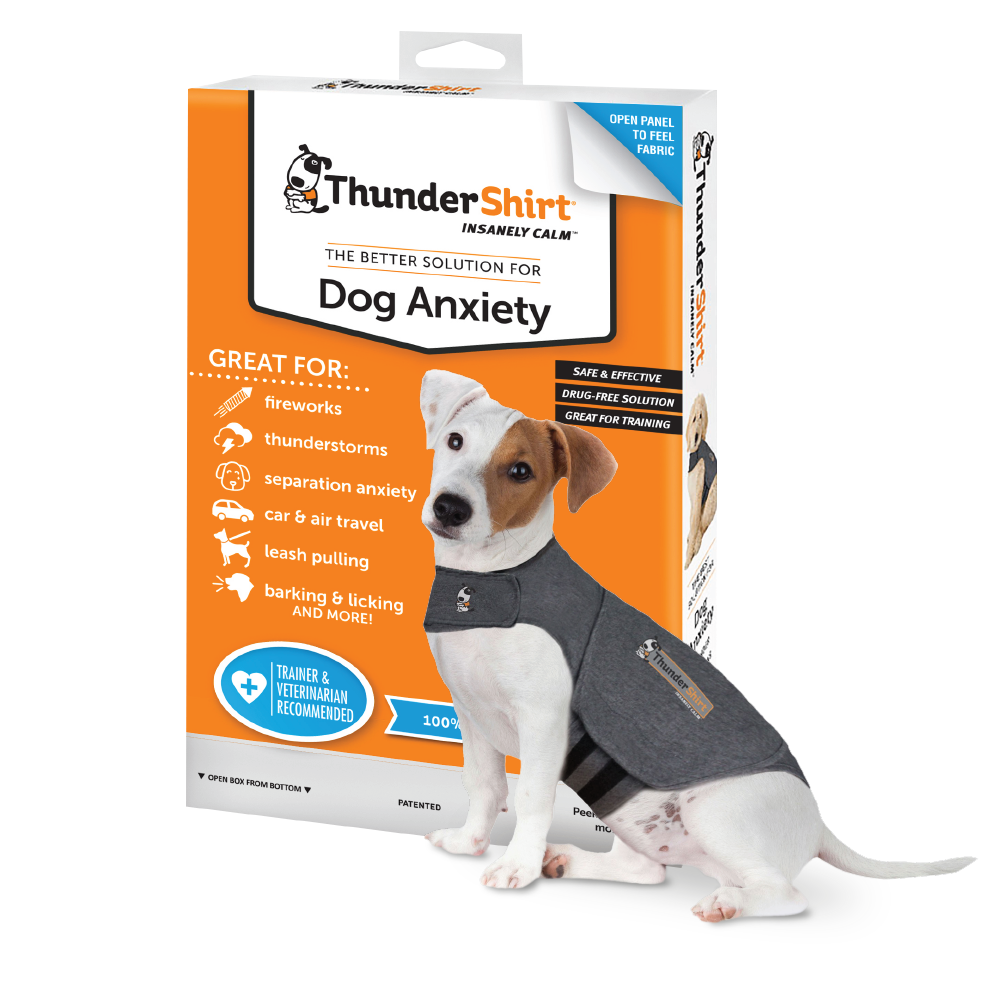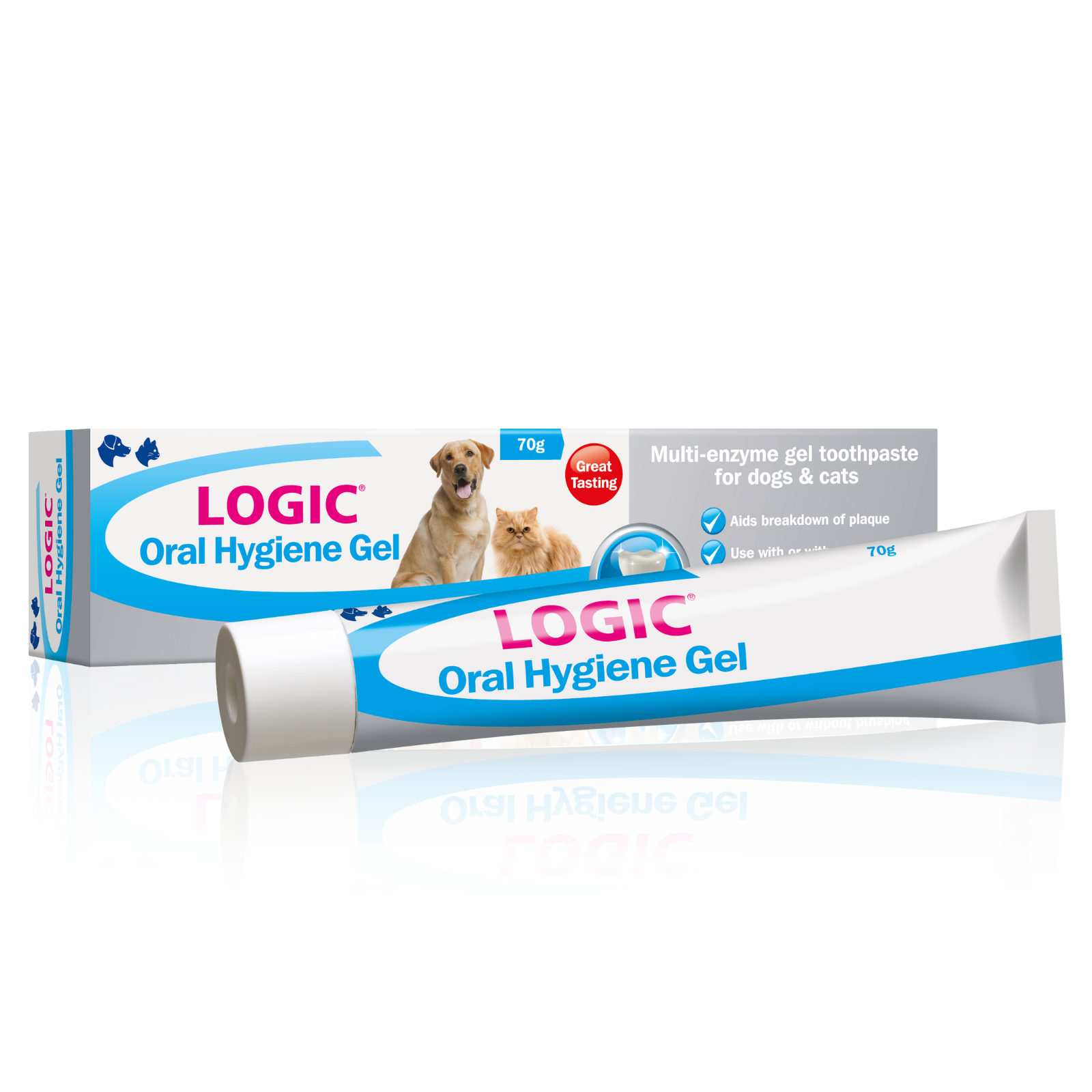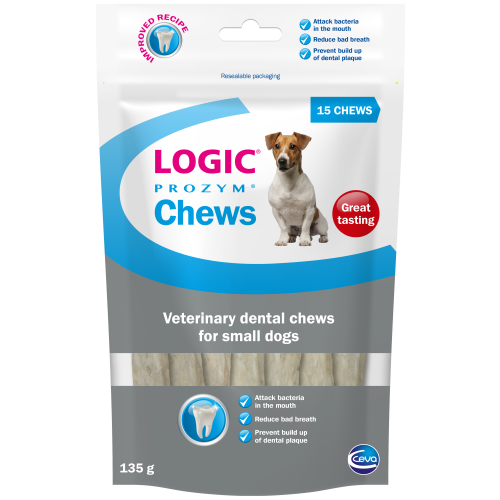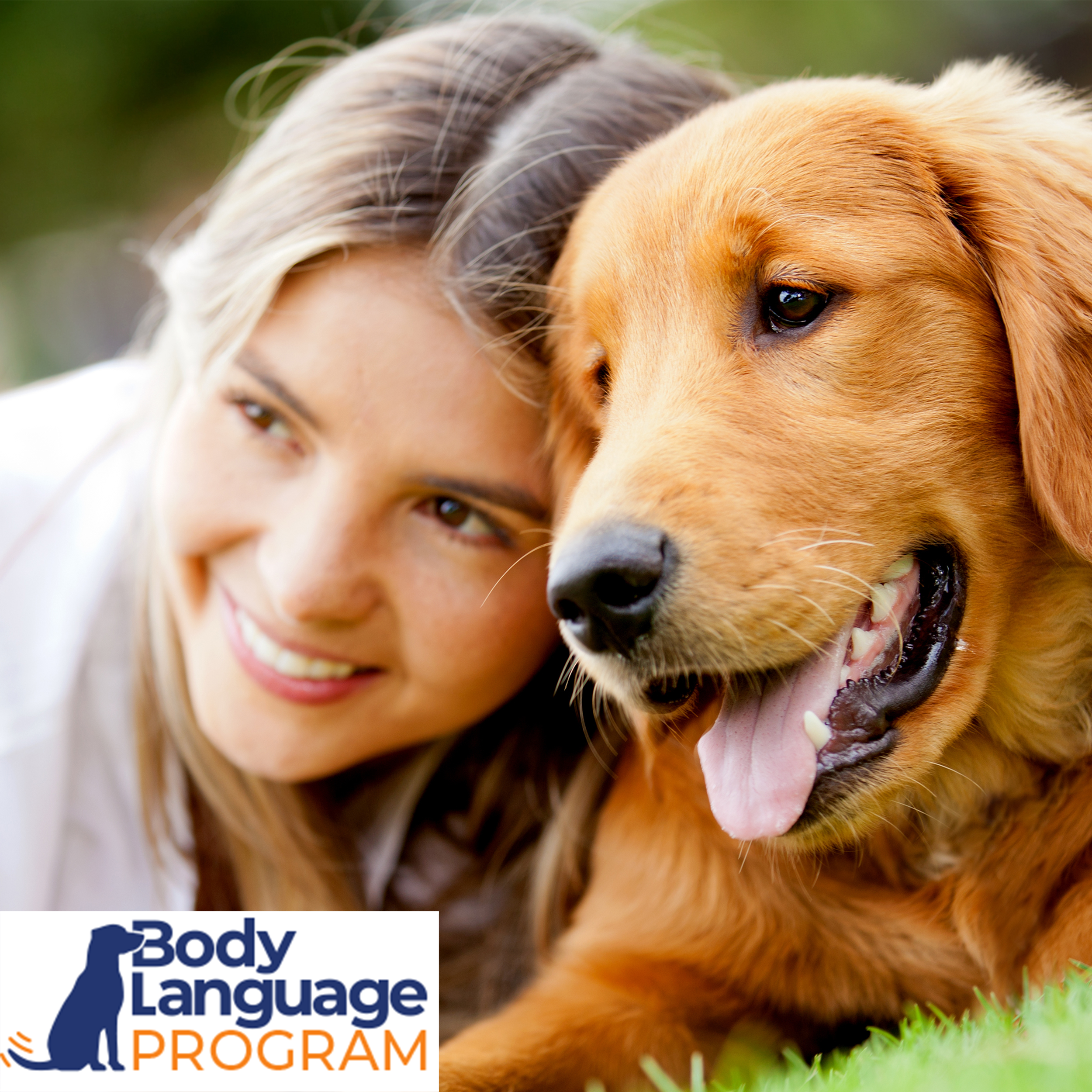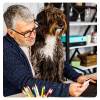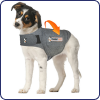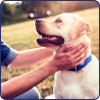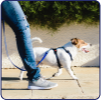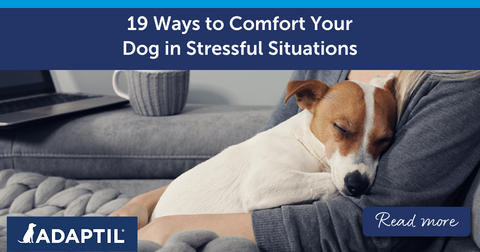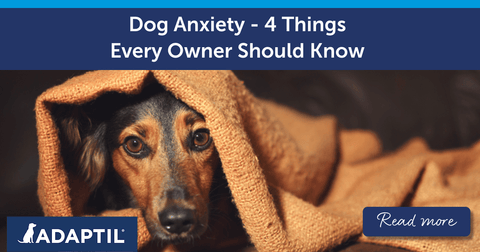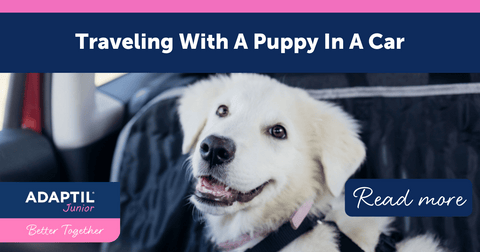
5 Ways a Human-Dog Bond Can Help Relieve A Dog's Anxiety
We know how much our canine companions can help to brighten up our day, but do we do the same for our pups? Well, you’re in the right place to find out! Much like us, our furry friends can also feel anxious and have down days. However, a positive dog and human bond is a powerful relationship that can significantly impact a dog’s emotional well-being.
In this blog, we’ll explain 5 ways a dog’s relationship with humans can help not only with their emotional well-being, but physically too. We’ll also cover how to help relieve signs of anxiety in dogs so you can support your pooch when they may be experiencing any feelings of nervousness or discomfort.
1. Increased Sense of Security
Dogs often seek reassurance and security from their humans, especially in stressful situations. Being in a new environment can make some pups nervous, so having a familiar face near can help. In particular, a present and supportive dog and human bond can help your pup’s sense of safety. As a result, this can encourage them to explore and engage with new environments at their own pace.
If you’re in a new situation with your pooch and you notice any signs your dog is nervous, try to become a source of comfort and security. Interacting with your dog can help them feel more at ease, as it provides them with the reassurance that you’re not far away. However, if you notice that your presence isn’t enough to ease your dog’s fear, it’s a good idea to leave the situation.

2. Consistent Routine
It’s no secret that our pups love routine and thrive on predictability. Therefore, a dog’s relationship with humans also depends on routine.
If a dog has a consistent daily schedule provided by their human, it can help reduce feelings of anxiousness. Knowing when their pet-parent comes home from work, feeds them meals, and plays with them lets our pups know what to expect each day. By creating a regular schedule, this acts as an anxiety relief for dogs because they don’t need to anticipate a next step. This comfort reduces stress, giving them a calmer demeanour.
Often dogs will display behaviours like chewing or restlessness due to boredom or feeling anxious. By having a structured routine, with time for activities such as walks, play and training, it can keep dogs from feeling uncertain about their day while allowing for mental and physical stimulation.
3. Physical Touch and Comfort
With the bond between dogs and humans, physical interactions can help our pups feel less anxious. Interactions such as petting or looking softly at each other can give your dog comfort and trigger the release of oxytocin. Oxytocin is a hormone associated with bonding and has been shown to decrease stress levels in dogs.
Long, slow strokes in the direction of their fur can have a calming effect on our furry friends. Gentle techniques in particular are great for promoting relaxation and relieving anxiety.
However, it’s still important to respect their space. Assess whether the dog is enjoying the interaction to learn how, where and when they appreciate petting. Check out their body language to make sure they’re enjoying the physical touch and not just tolerating it as they enjoy your company.
If you’re unsure about initiating a physical interaction, wait for them to lean into you and then give them a gentle pet. As a result, the bond with your dog will grow stronger because you’ve respected how they prefer to interact.

4. Positive Reinforcement
Positive reinforcement is another important aspect of a dog’s relationship with humans. Giving your pup reassurance in the form of positive reinforcement helps them build their confidence. This reinforcement encourages dogs to engage in the behaviours that we desire as pet parents, so they will look to repeat them.
When a dog understands the expectations of how you want them to behave, it allows for a bond to grow. Fostering and building a sense of trust through positive reinforcement means that you are able to relax together and enjoy each other’s company.
Plus, training with rewards is a fun activity that you and your dog can do together!
Building a dog’s confidence with new people, places, or objects helps them learn that new things can be safe and fun. This can increase their willingness to explore and interact with new experiences with curiosity rather than feeling fearful in these situations.
5. Emotional Support
Our canine companions are known for forming strong attachments to their humans. So, just like we rely on them for emotional support, they need the same from us! A dog and human bond is characterised by mutual affection, loyalty, and companionship. This creates an emotional attachment between the dog and pet parent that needs to be nurtured by emotional support.
Some ways you can show your furry friend emotional support are by spending quality time together, understanding their body language, and responding to their emotional needs. This builds an emotional connection that provides dogs with emotional security. Learning about your dog’s body language can help you recognise any nervous dog signs. Responding appropriately to these signals to support your dog builds trust and can strengthen your relationship with them.

What to Do When There Are Signs of Anxiety in a Dog?
If you notice any signs of anxiety in your dog – such as restlessness, tense body language, excessive panting, or destructive behaviour – some things you can try include:
-
Identify the cause – Have a look for any potential stressors such as loud noises, unfamiliar environments, or other animals or people. Minimising or avoiding exposure to these stressors can help your dog to feel less anxious.
-
Provide a safe space – Create a quiet and comfortable area where your pup can retreat to and feel secure in your home. Help your dog to understand that this is a place they will be safe and undisturbed in. Try using an ADAPTIL Calm diffuser plugged in this space to help with anxiety relief for your dog.
-
Reward your dog – Reward your dog when they show calm and relaxed behaviour in situations. ADAPTIL Chew is a soft chew with calming ingredients. It is delicious like a treat so you could use this daily as part of treats you use to reward your dog. But remember not to force them to experience situations they find difficult.
-
Consult a professional – If your dog is finding situations challenging, we recommend seeking help from a veterinarian for a medical check or a qualified dog behaviourist for their behaviour.
To learn more about a dog’s relationship with humans, continue browsing through the ADAPTIL blog. You can also sign up to our newsletter to get the latest updates and advice straight to your inbox!
